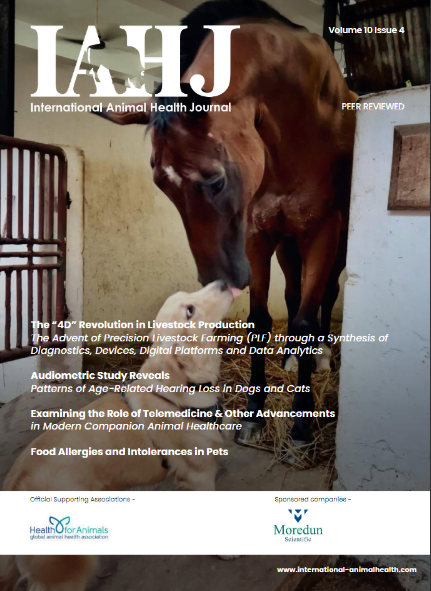Birds have impressive cognitive abilities and show a high level of intelligence. Compared to mammals of about the same size, the brains of birds also contain many more neurons. Now a new study reported in Current Biology on September 8 helps to explain how birds can afford to maintain more brain cells: their neurons get by on less fuel in the form of glucose.
“What surprised us the most is not, per se, that the neurons consume less glucose — this could have been expected by differences in the size of their neurons,” says Kaya von Eugen of Ruhr University Bochum, Germany. “But the magnitude of difference is so large that the size difference cannot be the only contributing factor. This implies there must be something additionally different in the bird brain that allows them to keep the costs so low.”
A landmark study in 2016 showed that the bird brain holds many more neurons compared to a similarly sized mammalian brain, the researchers explained. Since brains generally are made up of energetically costly tissue, it raised a critical question: how are birds able to support so many neurons?
To answer this question, von Eugen and colleagues set out to determine the neuronal energy budget of birds based on studies in pigeons. They used imaging methods that allowed them to estimate glucose metabolism in the birds. They also used modelling approaches to calculate the brain’s metabolic rate and glucose consumption.
Their studies found that the pigeon brain consumes a surprisingly low amount of glucose (27.29 ± 1.57 μmol glucose per 100 g per min) when the animal is awake. That translates into a surprisingly low energy budget for the brain, especially when one compares it to mammals.
It means that neurons in the bird brain consume three times less glucose than those in the mammalian brain, on average. In other words, their neurons are, for reasons that aren’t yet clear, less costly.
Von Eugen says it’s possible the differences are related to birds’ higher body temperature or the specific layout of their brains. The bird brain is also smaller on average than the mammalian brain. But their brains retain impressive capabilities, perhaps in part due to their less costly but more numerous neurons.
“Our finding explains how birds are able to support such high numbers of neurons without compromising on processing power,” von Eugen says. “In the long parallel evolution of birds and mammals, birds evolved smaller brains with high numbers of neurons that are capable of advanced cognitive performance. And it seems that the combined effect of bird-distinct elements — small neuron size, high body temperature, and bird-brain-specific layout — may have generated a possible advantage in neuronal processing of information at a higher efficiency: cheap neurons with advanced processing capacity.”
The researchers say they now want to understand more about how birds’ neurons consume less glucose. While they have ideas about how it might work, further study and testing is needed to uncover “the exact mechanistic explanation of how birds attain such a higher efficiency of neuronal processing.”











